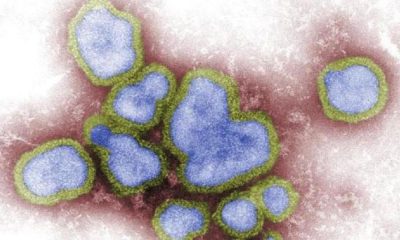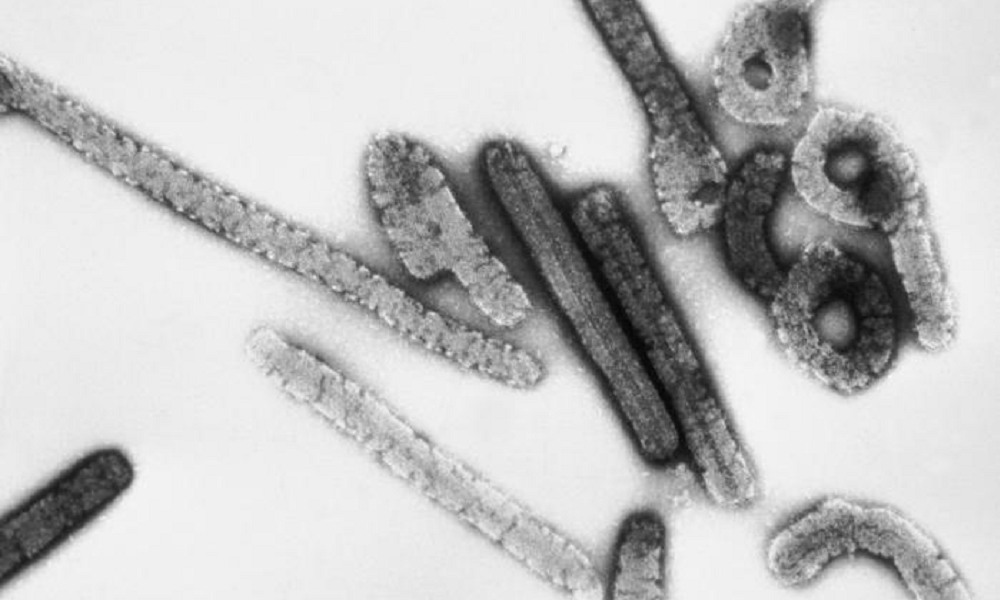Reviews
What Is the Fertility Preservation Process—Step by Step

For many individuals and families, fertility preservation has become a key necessity. It provides a feeling of hope and possibility for people who want to expand their reproductive options. Fertility preservation requires several steps to ensure the reproductive materials are stored safely for future use. Knowing every stage can offer individuals a better notion of what’s happening to their reproductive health.
Understanding Fertility Preservation
The fertility preservation process can involve techniques like egg or embryo freezing for individuals delaying parenthood. It allows individuals the opportunity to have biological children in the future. This option may be critical for people undergoing medical procedures, such as chemotherapy, that can negatively impact fertility. It also provides for people waiting for the right moment to become a parent.
Initial Consultation
It starts with a consultation with a fertility specialist. This one-on-one meeting will determine their health and fertility status. The specialist will consider medical history, lifestyle factors, and personal goals. It is time to ask questions and understand what to expect along the way.
Medical Evaluation
Post consultation, a complete clinical evaluation is carried out. The above procedure may involve hormone testing with blood tests and possibly an ultrasound of reproductive organs. They give you a solid background on the fertility fitness of the person. Then they use the results to determine the next steps and customize the preservation plan to their needs.
Choosing the Right Method
Because of varying individual circumstances, not all modes of fertility preservation are the same among modern wellness solutions. For women, the choices are egg freezing or embryo freezing. For men, this process can lead to sperm freezing. For others, it is best to store an ovary or a testicle. Regarding the most effective approach, one’s doctor or specialist will consider medical and individual considerations and provide a recommendation.
Stimulation Phase
If egg freezing or embryo preservation is chosen, the next step is ovarian stimulation. This involves taking medication to encourage the ovaries to produce multiple eggs. Regular monitoring through blood tests and ultrasounds ensures the medication is working effectively. This phase typically lasts around two weeks.
Egg Retrieval
Once they reach maturity, eggs are harvested in a minor surgical procedure. Typically, this is performed with the patient under mild sedation to keep them comfortable. A fine needle aspiration is used to retrieve the eggs from the ovaries. It is a rapid process, usually done in 30 minutes. The recovery is speedy; most people return to normal within a day.
Fertilization and Embryo Freezing
If they freeze embryos, the eggs are fertilized with sperm in a laboratory. If fertilization is successful, embryos are created and then frozen for later use. The embryos are also carefully frozen to be revived later on.
Sperm Collection and Freezing
Collecting sperm is easy. It can be done in the clinic or at home, whichever is more comfortable for the individual. The sperm is then analyzed and frozen in nitrogen. This approach keeps the sperm undamaged, ensuring its correct performance when needed.
Tissue Preservation
In some cases, it is possible to freeze ovarian or testicular tissue. This procedure is more common for individuals unable to produce eggs or sperm. The tissue gets frozen after it is removed surgically. This tissue could one day be used to restore fertility, thanks to improvements in medical technology.
Storage and Monitoring
Once the reproductive materials are cryopreserved, they are housed in a secure facility. The facility maintains just the right conditions so that the materials stay viable. Periodic inspections and maintenance are required to keep the storage conditions stable.
Deciding to Use Preserved Materials
A fertility specialist will assist with the steps necessary to utilize the stored eggs, sperm, or embryos. For females, this typically means getting the uterus ready for the embryo. For men, the process will involve insemination or IVF. All the aspects are intricately planned for a probable pregnancy.
Conclusion
For many people, fertility preservation is a handy tool that permits one to guard their reproductive destiny. Understanding each step allows individuals to choose a path forward. As medical science advances, fertility preservation remains a symbol of optimism and opportunity for individuals and couples concerned about delaying family expansion to the future.

-

 World1 week ago
World1 week agoEthiopian volcano erupts for first time in thousands of years
-

 Health2 days ago
Health2 days ago8 kittens die of H5N1 bird flu in the Netherlands
-

 Legal7 days ago
Legal7 days agoUtah Amber Alert: Jessika Francisco abducted by sex offender in Ogden
-

 US News6 days ago
US News6 days agoExplosion destroys home in Oakland, Maine; at least 1 injured
-

 Health7 days ago
Health7 days agoMexico’s September human bird flu case confirmed as H5N2
-

 Legal3 days ago
Legal3 days ago15 people shot, 4 killed, at birthday party in Stockton, California
-

 World7 days ago
World7 days agoWoman killed, man seriously injured in shark attack on Australia’s NSW coast
-

 Health6 days ago
Health6 days agoMarburg outbreak in Ethiopia rises to 12 cases and 8 deaths




